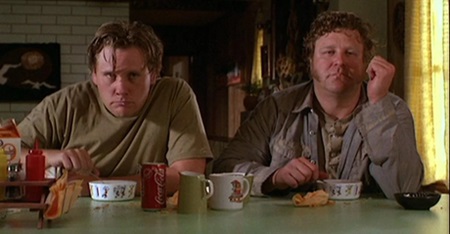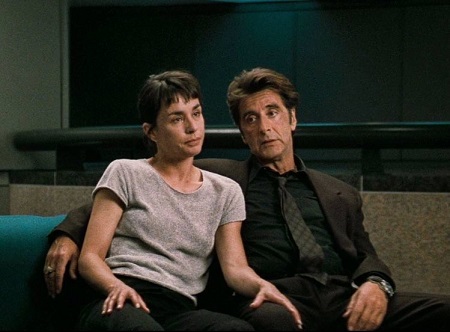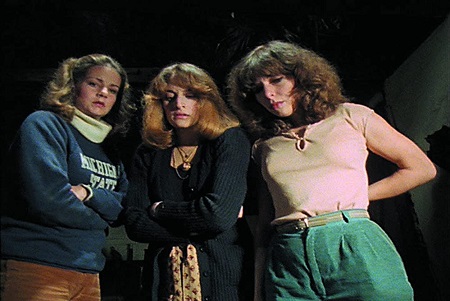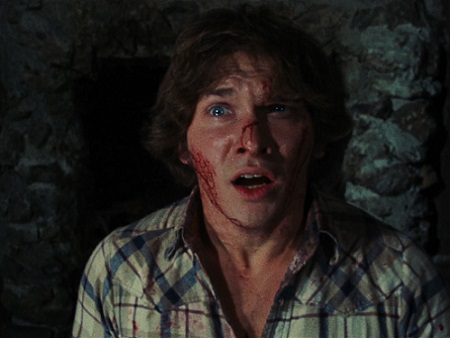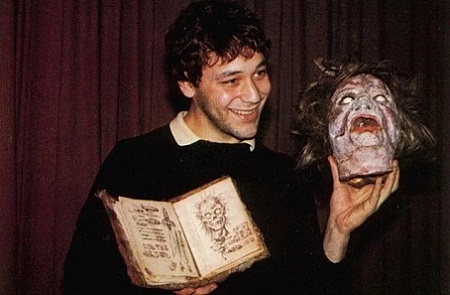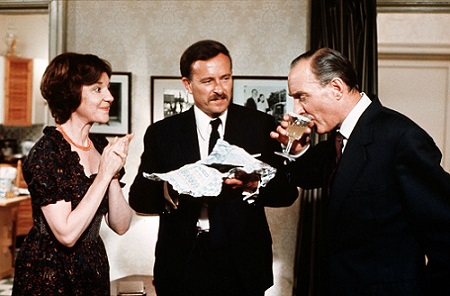Directed by Spike Lee with the screenplay written by Lee and Arnold Perl based on the book The Autobiography of Malcolm X: As Told to Alex Haley as written by Alex Haley, the movie Malcolm X (1992) is our subject today. An epic biographical drama of the life of Malcolm X, the movie Malcolm X became a part of the National Film Registry of the United States Library of Congress in 2010.

The 1992 film Malcolm X begins illustrating the life of the civil rights activist of the same name in rural Michigan with the burning down of the family house. X‘s parents, Earl Little and Louise Little as portrayed by Tommy Hollis and Lonette McKee, are respectively killed in a death called suicide while being committed into a mental institution. Malcolm and his siblings are placed into protective care, with the ambitions of X as a grown man dashed based on the color of his skin.

From Boston, Massachusetts as a teenager, X has sex with Sophia as portrayed by Kate Vernon. The pair travels to Harlem, New York City, New York where West Indian Archie, as portrayed by Delroy Lindo, convinces Malcolm X to join the gangster’s criminal enterprise. As a disagreement ensues over money at the hands of West Indian Archie, Malcolm, Sophia, Shorty (as portrayed by Spike Lee), and Peg (as portrayed by Debi Mazar) take to robbery in Boston to earn money. This path leads to incarceration for four members of the group.

Malcolm X is directed through mentorship by Baines, as portrayed by Albert Hall, to take up the teachings of Elijah Muhammad as portrayed by Al Freeman Jr. and learn the ways of Islam while also learning to resent the whites for their poor treatment of blacks. After being paroled in 1952, X meets Muhammad at the Nation of Islam (NOI) headquarters in Chicago, Illinois. Six years later, marries Betty Shabazz as portrayed by Angela Bassett, with the pair parenting multiple children. X rises as a prominent speaker in the Nation of Islam, facing the reality that Muhammad had fathered many children out of wedlock and against the teachings of the faith.

X rails against white violence in blaming the assassination of United States President John F. Kennedy shortly after Kennedy‘s murder in November 1963. Muhammad suspends X from speaking on behalf of the Nation of Islam, whereupon Malcolm X takes a pilgrimage to Mecca, Saudi Arabia, finding a desire to found the Organization of Afro-American Unity to spread tolerance rather than racial separation after making a formal break with the Nation of Islam. Shortly after his house was firebombed, Malcolm X would be shot in the Audubon Ballroom by Nation of Islam followers including Talmadge X Hayer as portrayed by Giancarlo Esposito.

The film closes with tributes to Malcolm X the man by Martin Luther King Jr., Ossie Davis and Nelson Mandela. As quoted here, the Spike Lee “biopic of legendary civil rights leader Malcolm X brings his autobiography to life with an epic sweep and a nuanced message.” I grant the movie Malcolm X by director/screenwriter Spike Lee 4.25-stars on a scale of 1-to-5.
Matt – Wednesday, February 28, 2024





